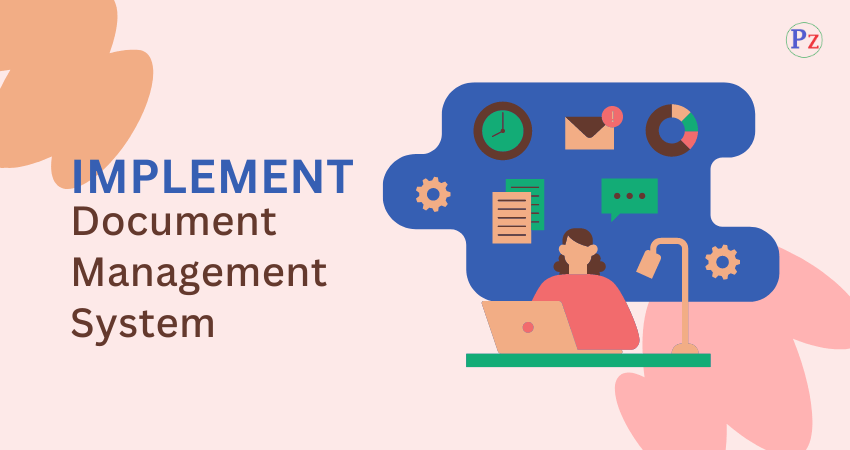- Define the problem : The model begins by defining the problem. A problem exists when there is a discrepancy between an existing and a desired state of affairs. Many poor decisions can be traced to the decision maker overlooking a problem or defining the wrong problem
- Identify the decision criteria : He or she needs to identify the decision criteria that will be important in solving the problem. The decision-maker determines what is relevant in making the decision. This step brings the decision-makers interests, values and similar personal preferences into the process. Identifying criteria is important because what one person thinks relevant, another person may not.
- . Allocate weights to the criteria : The criteria identified are rarely all equal in importance. So the third step requires the decision-maker to weigh the previously identified criteria in order to give them the correct priority in the decision.
- Develop the alternatives : The fourth step requires the decision maker to generate possible alternatives that could succeed in resolving the problem. No attempt is made in this step to appraise these alternatives, only to list them.
- Evaluate the alternatives : Once the alternatives have been generated, the decision maker must critically analyze and evaluate each one. This is done by rating each alternative on each criterion. The strengths and weaknesses of each alternative become evident as they are compared with the criteria and weights established in the second and third steps.
- Select the best alternative : The final step in this model requires putting the optimal decision. This is done by evaluating each alternative against the weighted criteria and selecting the alternative with the highest total score.
Assumptions of the model
The rational decision making model contains a number of assumptions:
- Problem clarity : The problem is clear and unambiguous. The decision maker is assumed to have complete information regarding the decision situation.
- Known options : It is assumed that the vision maker can identify all the relevant criteria and can list all the viable alternatives. Furthermore, the decision maker is aware of all the possible consequences of each alternative.
- Clear preferences : Rationality assumes that the criteria and alternatives can be ranked and weighted to reflect their importance.
- Constant preferences : It’s assumed that, the specific decision criteria are constant and that the weights assigned to them are stable over time.
| Read More Topics |
| Specific Applications in Organization |
| Factors influencing perception |
| Organizational behaviour models |
| Five sources of ethical standards |





